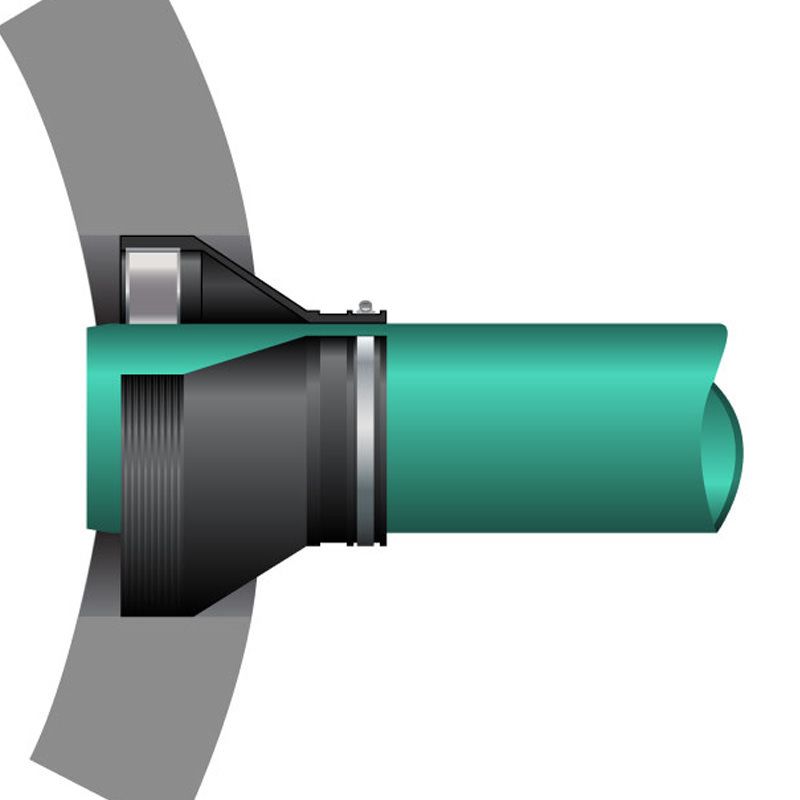Protecting Our Clean Water Supply
Published on by Michael Hook in Technology
So how many times have you ever heard, “Don’t worry it’s just a storm sewer!”?
Mortaring drainage pipe joints doesn’t work. When mortaring is specified, most agencies use ASTM C270 for pipe joints and connectors in storm water projects. Mortar does not adhere to plastic, metal or even most concrete without a bonding agent. Rigid mortar joints are susceptible to differential settlement between the pipes and/or structures.
Once the cracks in the mortar begin, the increase in water flow through the granular bedding and backfill causes more consolidation and settlement. When you have failures at the joints, you will have infiltration/exfiltration problems that will progressively contaminate your system. In that most storm sewers are under pavement, the progressive subsidence causes premature pavement cracks, potholes and early pavement replacement.
ASTM D2321, section 7:10 states that flexible resilient connectors or the use of a waterstop shall be used to make watertight connections to manholes and other structures. Flexible connectors should meet ASTM C923 and ASTM F2510. Flexible connectors provide a long term resilient seal that meets or exceeds the life of the structure where MORTAR does not. Flexible connectors limit subsidence and therefore damage to surrounding structures and prevent road pavement repairs and cave-ins. Check with your manhole/structure provider to see what Press-Seal™ manhole connectors they recommend for your specific application. Press-Seal™ offers five different C923/F2510 resilient connector designs that will meet your challenges.

PSX: Direct Drive, Source: Press-Seal
For watertight pipe joints of HDPE pipe for be sure to specify ASTM F477 Press-Seal Polydeuces™ or approved equal.
For watertight reinforced concrete pipe joints specify Press-Seal™ resilient pipe gaskets that meet or exceed the requirements of ASTM C1628.
For corrugated metal pipe specify ASTM A1107.
Watertight storm sewers are a sustainable investment of infrastructure dollars for taxpayers. The next time you are asked to review a street, road or highway for repavement, remember that the storm sewer is the foundation for the pavement. Look at where pavement degradation began and it will be at where structures’ castings protrude through the pavement. If the foundation under the pavement is leaking, it may be because the storm sewer was not installed to meet watertight standards. The best investment may be to cure the problem under the pavement before the next layer of pavement is added, only to be replaced again in the short run.
We need to quit acting like we have another planet to go to when we are done not engineering to sustainable standards. Do not be in such a hurry to flush our groundwater supply down our storm sewers to the oceans. If it stays in the ground, it will over time recharge our aquafers. So next time you hear, “Don’t worry it’s just a storm sewer!” ask yourself where the drinking water for your great-grandchildren is going to come from?
#SealItUp #watertightstorm
Media
Taxonomy
- Drainage
- Urban Drainage
- Technology
- Environment
- Sewage
- Infrastructure
- Integrated Infrastructure
- Infrastructure Management
- Sewer Networks
- green infrastructure